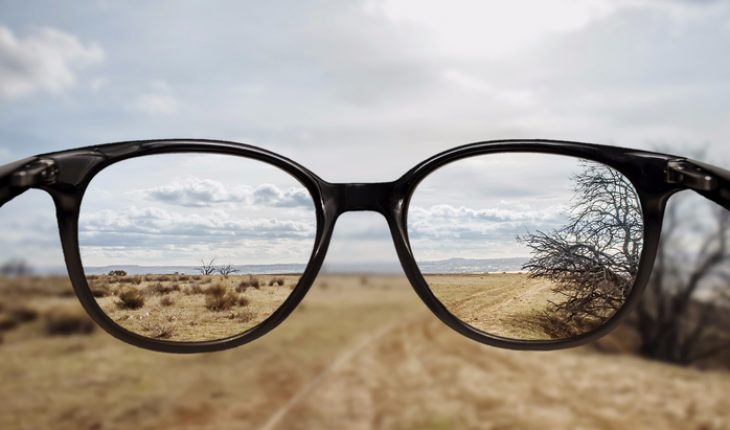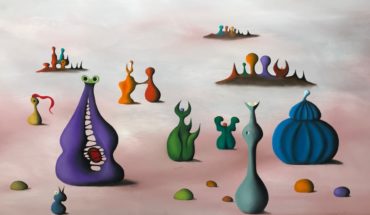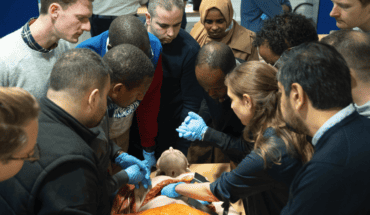We know that today 2.5 billion people around the world have poor vision with no access to a means of correcting it and it’s been my long-term goal to bring that number down to zero. Poor eyesight may not be a deadly disease – so it’s low down on the priority list as a health issue – but it has a huge impact on individuals and communities in terms of educational outcomes, productivity and quality of life. According to Access Economics, current rates of poor vision are costing the global economy an estimated $3 trillion a year – more than the gross domestic product of Africa.
I first came across the devastating impact that poor eyesight could have on people when I was growing up in Nigeria. There, lack of resources, specialist training and poor logistics meant that many people were severely restricted in what they could achieve and do simply because they had no way of getting reading glasses or treating eye conditions. As an adult working in Asia, I found that there were similar problems on that continent too and no one seemed to be doing much about it. Charities and NGOS are working hard to tackle the issue on the ground, but the problem is growing faster than the solutions.
When I came across the Adlens adjustable power lens technology, I knew that this could help solve one of the issues that is contributing to the crisis – supply and distribution. In the developed world, we expect our glasses to be custom made and the lenses to be bespoke but this isn’t practical when dealing with lower income communities which are hard to reach. One-size-fits-all glasses that can correct myopia are a perfect solution and Adlens can be adjusted to meet 90 per cent of the needs of any population in terms of the lens power ranges. In Rwanda, we donate Adlens adjustable glasses to Vision for a Nation where they are sold for $1.50 per pair to encourage a sense of ownership.
I know that this challenge needs a concerted effort from many talented individuals, which is why I launched the Clearly campaign last year to encourage people from outside the vision profession to think about how we can tackle the bigger picture. We were delighted when we received over 100 entries for our Clearly Vision Prize in 2016, which offered $250,000 of prize funding to the most promising ventures.
First prize went to Vula Mobile, an app which aims to give rural healthcare workers the online tools to improve early diagnosis of vision problems and give instant access to medical specialists though a secure chat system. We remain in close contact with the runners up, including the innovators behind the prize-winning Folding Phoropter, which is a simple, cheap diagnostic tool, inspired by Origami paper folding techniques, which can quickly and accurately diagnose the level of vision correction needed without the need for power.
In the next phase of the Clearly campaign, we will be focusing on advocacy and making sure that the message about the importance of access to vision care is brought to a global audience. In April 2017, at the Clearly 2035 event in Venice, we will be bringing together a wide range of people from professional backgrounds, government, NGOs and industry to discuss ways to raise awareness and consider what needs to happen to achieve the goal of full access to eyecare for everyone by 2035. It is an achievable goal, and I’m more excited now than I was when I started out on this journey in 2005 because I believe it will happen in my lifetime. I’m proud to say that I’m part of something that will change so many lives for the better.
- A vision for the future - 13th February 2017






